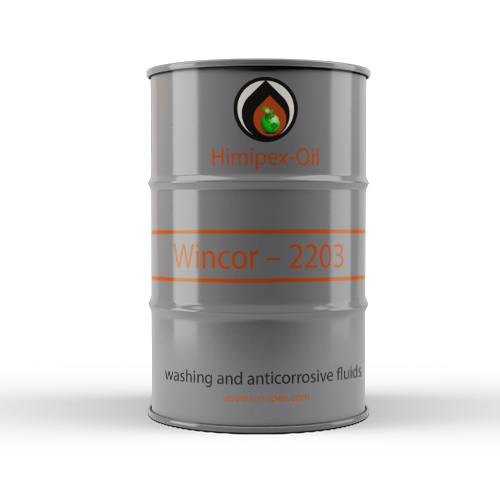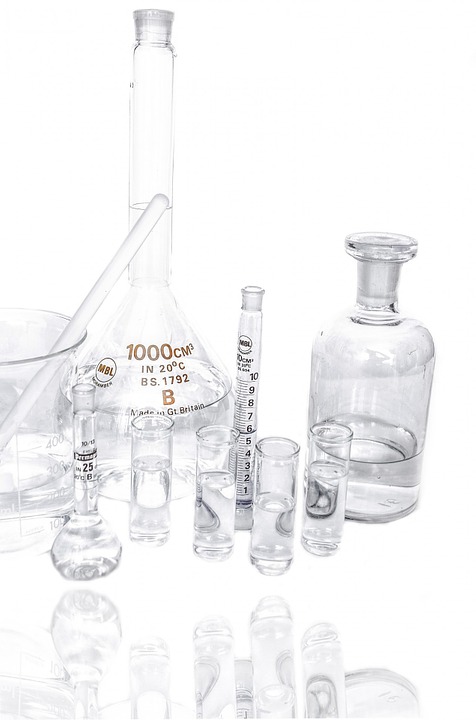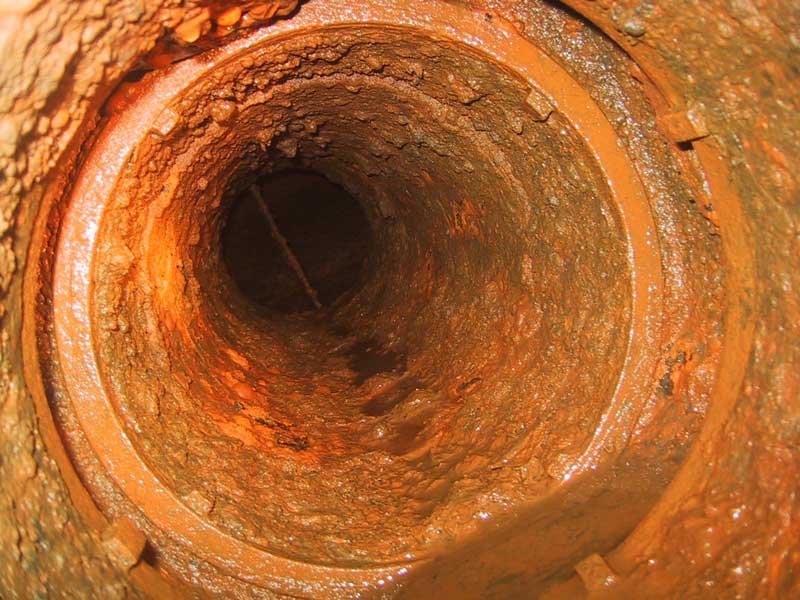| 1 |
Corrosion protection |
Creates a strong and long-term protective film on the surface of the pipeline at any water cut |
Creates a passivate film not over the whole surface of the pipeline. The film is very sensitive to changes in pH and the presence of corrosive components in bottom water |
| 2 |
Removal of asphaltene-resin-paraffin deposits (ARPD) |
Removes. It has high washing and detergent-dispersant properties |
Do not remove. Do not possess washing and detergent-dispersant properties |
| 3 |
ARPD inhibition |
Possess. Reduces the amount of ARPD that precipitated in the pipeline |
Does not possess. Can stimulate the formation of solid ARPD and its precipitation in the pipeline |
| 4 |
Dispersant properties |
Possess. Reduces the temperature of the onset of crystallization of solid paraffins |
Does not possess |
| 5 |
Removal of mineral salts |
Possess. At a constant feed into the pipeline effectively washes off the mineral deposits |
Does not possess. In the case of inorganic base of the inhibitor it increases the amount of mineral salts in the bottom water |
| 6 |
Removal of clay-sand contaminants |
Possess. At a constant supply into the pipeline for a long time keeps the clay-sand impurities in the fluid |
Does not possess |
| 7 |
Increasing the amount of transferring oil |
Increase. Because of supplying of working solutions in the oil or kerosene and adding ARPD, that were washed away from the pipe walls, into counted crude oil |
Does not contribute |





